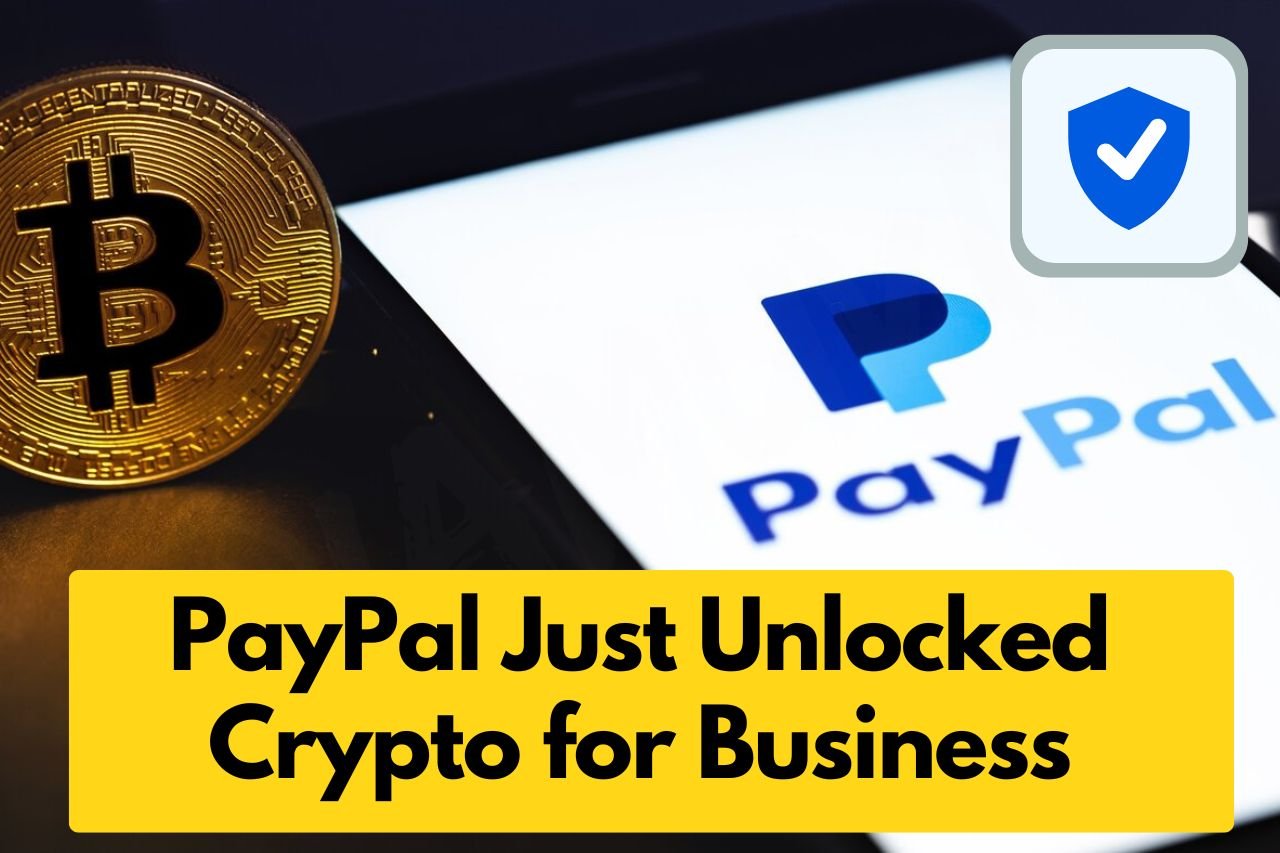
The world of gaming has seen tremendous changes over the years, from the days of console-based games to PC-based games, and now to Web2 and Web3 gaming. While Web2 gaming has been well-liked for a while, the emergence of Web3 gaming is creating a sensation in the gaming world.
The Challenges with Web2 Gaming
Web2 gaming has been around for years, and while it is a popular choice for many gamers, it comes with its challenges. One major challenge is the lack of true democracy in the gaming world. Players have little to no say in the future of Web2 games, and game developers have complete control over the gaming experience. Additionally, traditional gaming structures do not have an open economy that allows users to earn revenue. Another significant challenge of Web2 gaming is the limited privacy of personal, business, or financial information. This can be a major issue for gamers who value their privacy and want to protect their sensitive information.
The Advantages of Web3 Gaming
Web3 gaming offers many advantages over Web2 gaming. One of the most significant advantages is asset ownership. Distributed ledgers make it possible for players to own their assets and make money while they play games, and Web3 models enable a framework for the player-as-owner rather than the player-as-consumer. With Web3, players own their identity and choose with whom to share it, with no terms and conditions necessary. Play-to-earn (P2E) models are another benefit of Web3 gaming. P2E models allow users to make money as they advance in a game or complete objectives. By allowing players to make money while they play, this model completely transforms the gaming experience. Another key benefit of Web3 gaming is interoperability. Players can move assets between games using Web3 technology, and developers can work together on projects. This gives the gaming industry more adaptability and freedom.
The Growth of Web3 Gaming
The growth of Web3 gaming has been phenomenal, with activity in Web3 gaming growing by a whopping 2000% from 2021 to 2022. The benefits it offers, including asset ownership and P2E models, as well as the increased flexibility that Web3 technology offers, are credited with driving the growth of Web3 gaming. By giving users more autonomy and control over their gaming, web3 gaming is also altering the gaming experience. Web3 technology’s distributed nature creates a more democratic system in which players can have a greater say in how games are developed and can own their own assets.
Challenges Facing Web3 Gaming
While Web3 gaming offers many advantages, it still faces challenges. One of the most significant challenges is the potential for violating users’ trust. Because Web3 technology is distributed, there is a chance of fraud and scams, which could hinder the uptake of Web3 gaming. In order to hasten adoption, the major providers of advertising space will need to make distribution methods efficient and frictionless. Web3 gaming initiatives should keep their messaging clear and understandable, even to those who are not familiar with the cryptosphere.
Conclusion
As a result of granting players more autonomy, freedom, and flexibility, Web3 gaming is revolutionizing the gaming industry. The advantages of web3 gaming, like asset ownership and P2E business models, have led to a phenomenal rise in activity. Even though there are still problems, Web3 feels like a huge step forward for humanity and has enormous potential for the gaming industry. As players and developers continue to adopt Web3 technology, the future of gaming seems more promising than ever.



